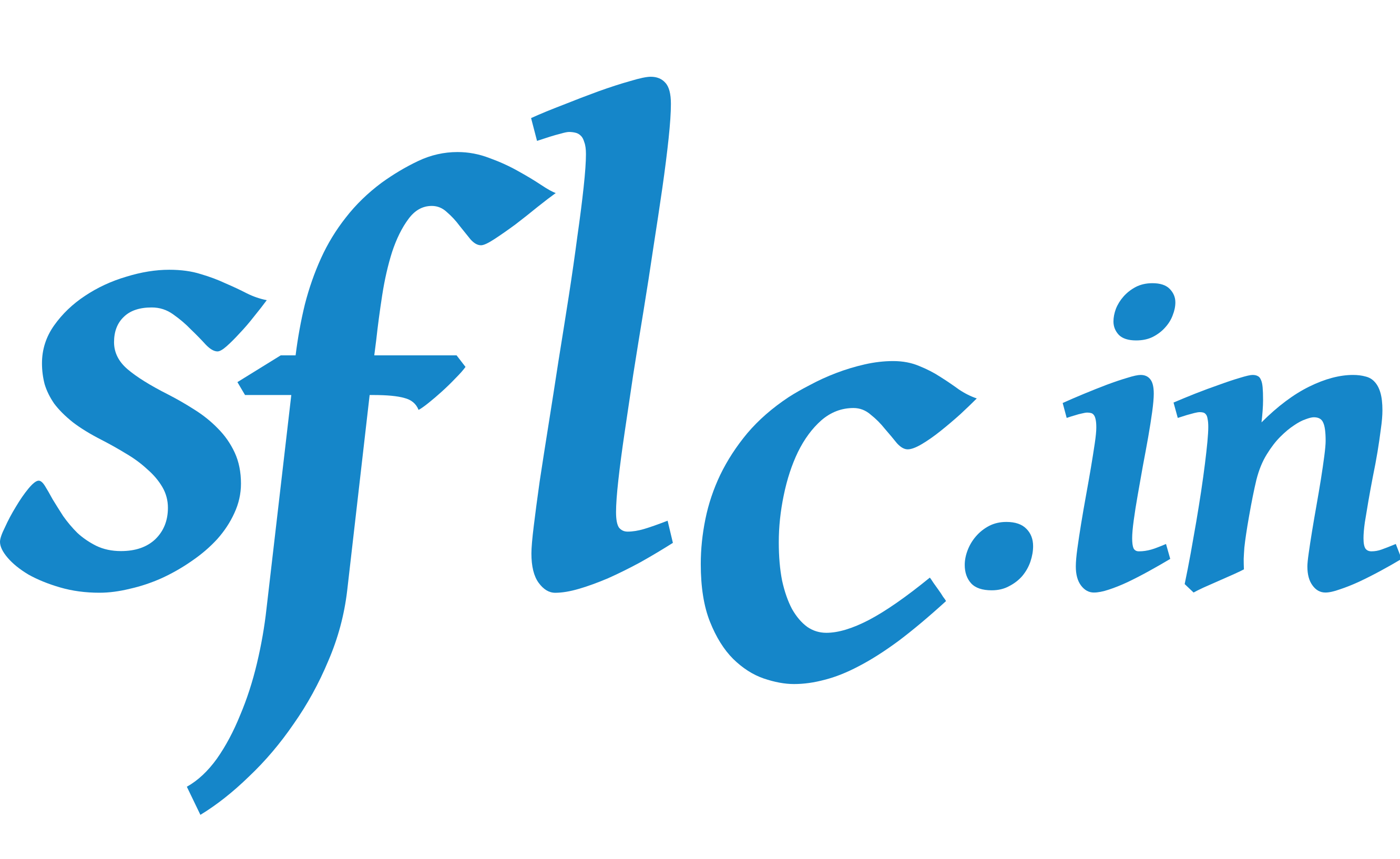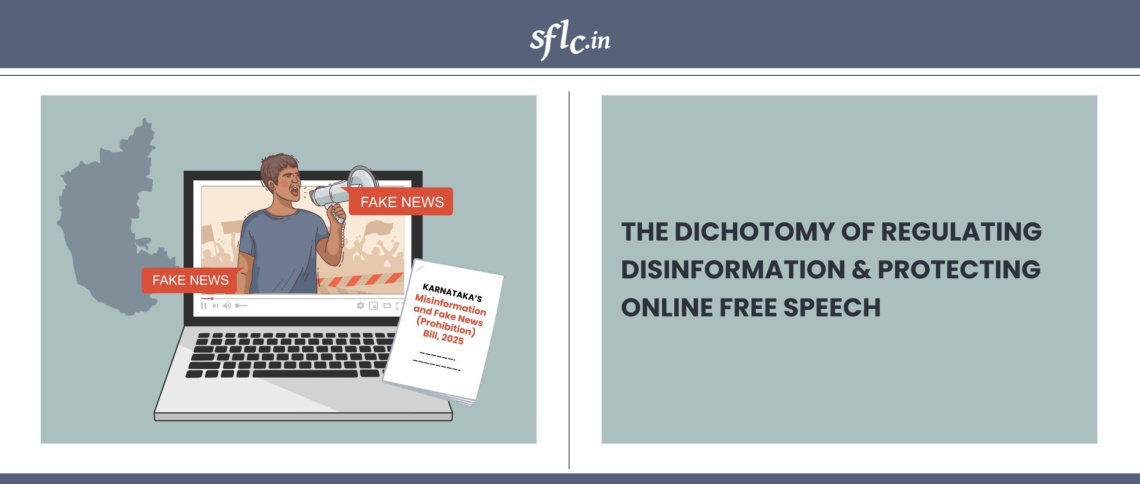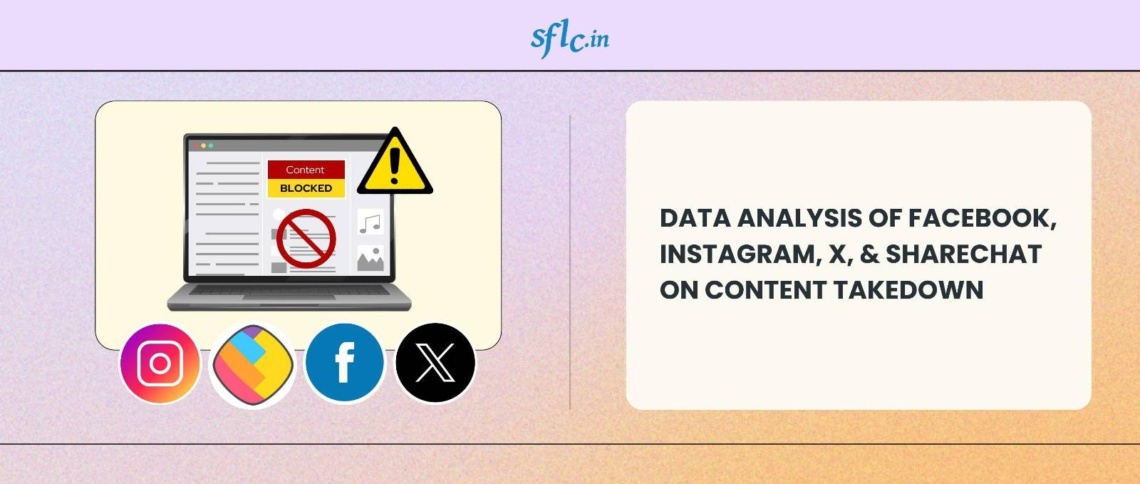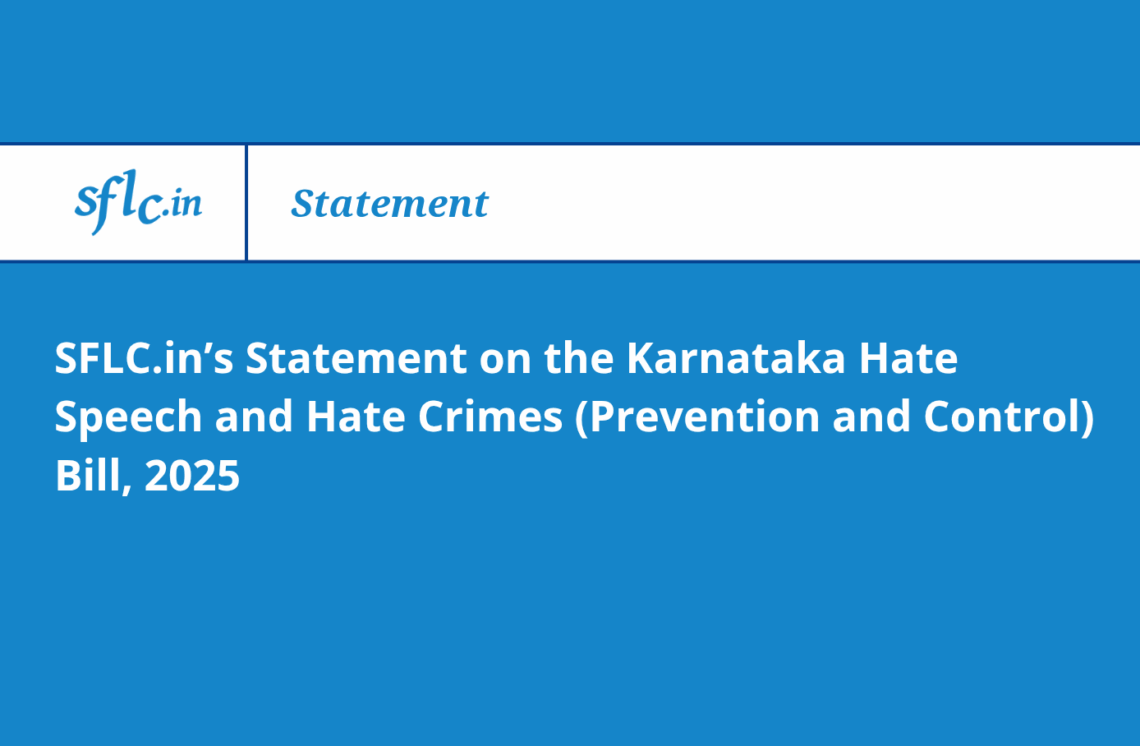Across the world from Europe to the US, it has been an accepted policy that service providers on the Internet cannot be held liable for user-generated content and this principle has found place in legislations enacted in this field in most countries. It was in line with this principle that the Information Technology Act, 2000 was amended in 2008 by providing for safe-harbour protection to intermediaries.
The protection extended to online Intermediaries is conditional on their abiding by guidelines issued by the Government. Government in April 2011 in the form of Information Technology (Intermediaries Guidelines) Rules, 2011. The rules mandate the measures that Intermediaries have to take to get protection from legal liability that could arise out of user-generated content.
The Information Technology Act, 2000 has a broad definition for the term intermediaries and it includes telecom service providers, network service providers, internet service providers, web-hosting service providers, search engines, on-line payment sites, on-line auction sites, on-line market places and cyber cafes. Although the functions performed by these intermediaries are often different, as the statutory provision does not have any classification, the Rules are applicable to all these intermediaries alike.
The Rules define a wide list of content that is considered unlawful and this includes content considered grossly harmful, harassing, blasphemous, defamatory, obscene, pornographic, paedophilic, libellous, invasive of another’s privacy, hateful, or racially, ethnically objectionable, disparaging, relating or encouraging money laundering or gambling, or otherwise unlawful in any manner whatever and includes information which infringes any patent, copyright or trademark. The Intermediary on receiving any complaint about any information which the complainant considers to be unlawful has to act within 36 hours on this complaint. The Rules mandate the Intermediary to disable any information that falls under the broad list of unlawful information.
The Intermediary is thus forced to make a judicial determination as to the lawful nature of the content. The Intermediary is made to exercise a difficult choice between removing the content which could result in user disenchantment and letting the content stay that could lead to legal action being taken against it. The Internet market in India is poised for stupendous growth with increasing adoption of mobile internet by users and due to the investments being made in broadband infrastructure.
Legal provisions that result inimposition of legal liabilities on an online service provider for the acts carried out by users cannot be conducive for such growth and could result in stifling innovation and enterprise.
There is an actual danger of curtailment of freedom of speech and expression of users as they are dependent on Intermediaries to enjoy any service on the Internet. Unlike the Digital Millennium Copyright Act in the US which has a counter-notice mechanism by which the content can be put back, these rules do not offer any recourse to a person whose content is taken down. Even the amended Copyright Act in India has a provision to restore content which is taken down if the complainant does not produce a court order within 21 days.
Despite assurances from the Ministry for Communications & Information Technology, the Government has not yet taken any concrete steps to amend the Rules after discussions with various stakeholders. Recently, the Lok Sabha Committee on Subordinate Legislation had in a strongly worded report asked the Government to take a fresh look at the Rules.
These round-table consultations are being held to elicit views from the industry, civil society groups and the academia on the issue. We propose to collate this information and to present a report to the Government to facilitate effective policy making on this issue of utmost importance.



